7 Worst Breakfast Foods That May Be Making Your Arthritis Pain Worse

Breakfast may or may not be the most important meal of the day. For those who suffer from arthritis, it may be a game-changing meal. Fact: Certain foods trigger inflammation. If you want to get your day started on a pain-free note, there are a lot of breakfast foods you should avoid. Dr. Laurie Binder cAL, RNCNP, LCCE, Santa Monica Acupuncture and Wellness, is giving Body Network readers the lowdown on foods you should avoid in the morning to minimize arthritis pain. Here are the 7 worst breakfast foods that may be making your arthritis pain worse.
Sugary Cereals
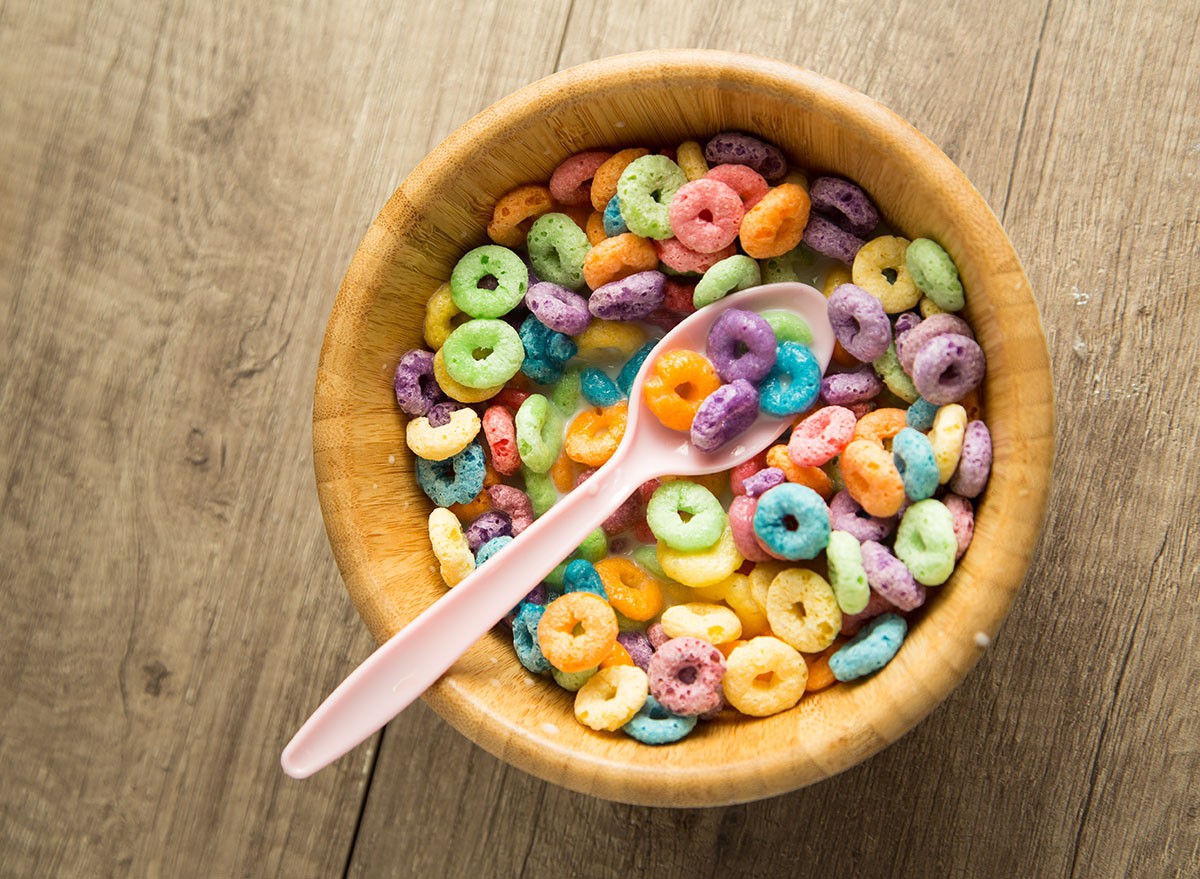
Why it's bad: "Loaded with refined sugar and simple carbs, which can trigger inflammation and blood sugar spikes," says Binder.
Natural alternative: Steel-cut oats topped with fresh berries and a drizzle of honey or cinnamon for sweetness.
RELATED: 8 High-Protein Foods with Nearly Zero Calories That Melt Fat
Pastries & Doughnuts

Why it's bad: "High in refined flour, sugar, and unhealthy fats, all of which are known to worsen inflammatory symptoms," explains Binder.
Natural alternative: Whole grain toast with almond butter and banana slices for healthy fats and anti-inflammatory nutrients.
Processed Breakfast Meats (Bacon, Sausage)
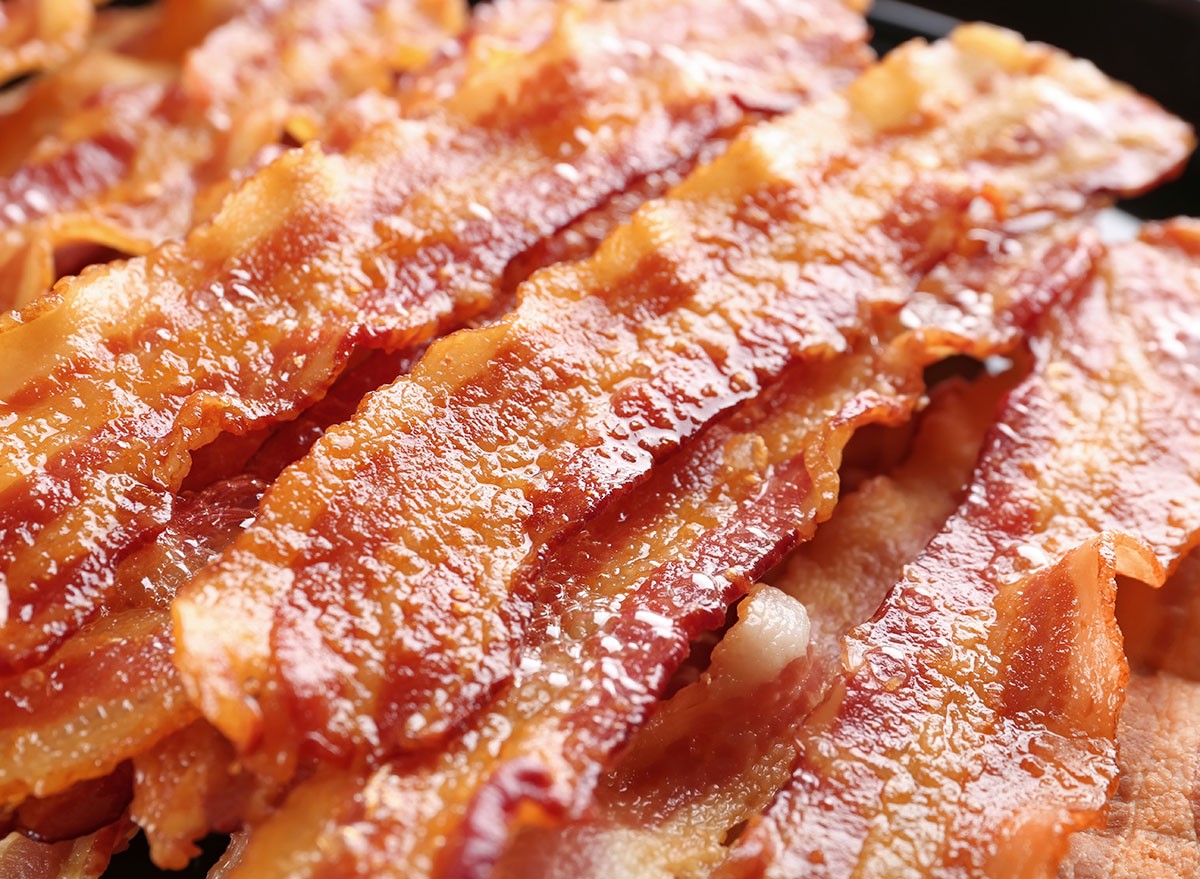
Why it's bad: "These meats are high in saturated fats and advanced glycation end-products (AGEs), both of which contribute to joint inflammation," she says.
Natural alternative: Grilled turkey breast or low salt ham with anti-inflammatory herbs like turmeric or rosemary.
White Bread or Bagels
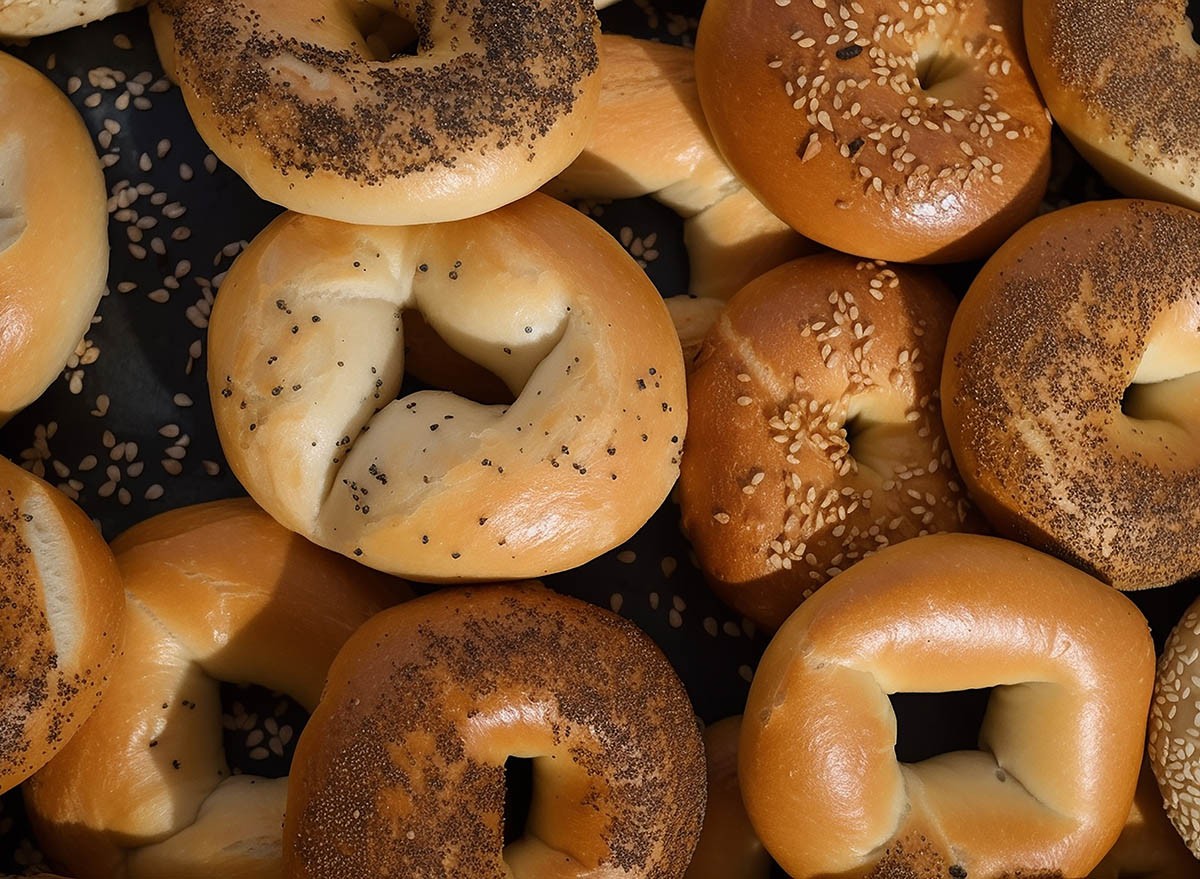
Why it's bad: "Refined grains can lead to spikes in blood sugar and inflammation," Binder states.
Natural alternative: Sprouted grain or sourdough bread, which are lower in glycemic load and easier on the gut.
RELATED: 20 Foods You Didn't Know Were Ultra-Processed
Flavored Yogurts
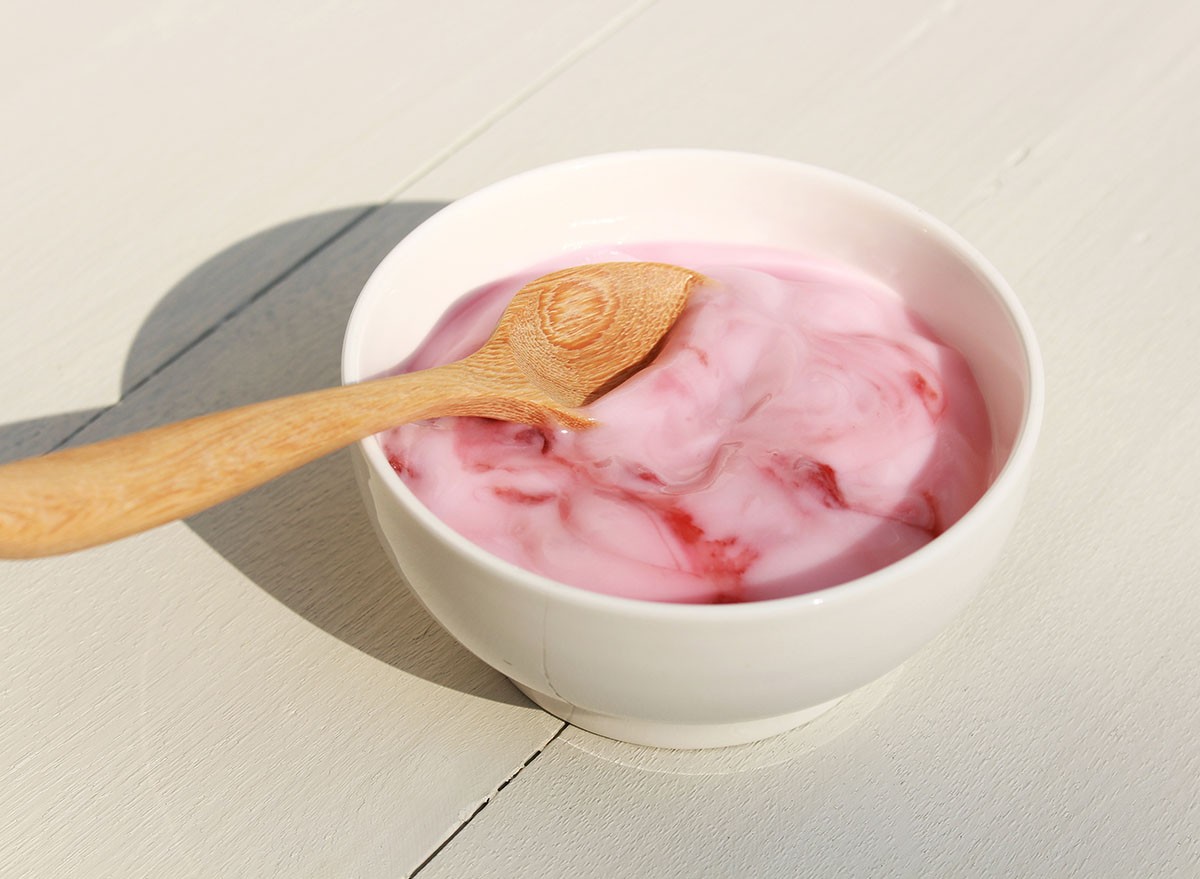
Why it's bad: "Many are packed with added sugars and artificial additives that may trigger inflammatory responses," Binder reveals.
Natural alternative: Plain Greek yogurt with a handful of walnuts and anti-inflammatory fruits like blueberries or cherries
Fried Breakfast Items (e.g., hash browns, fried eggs)
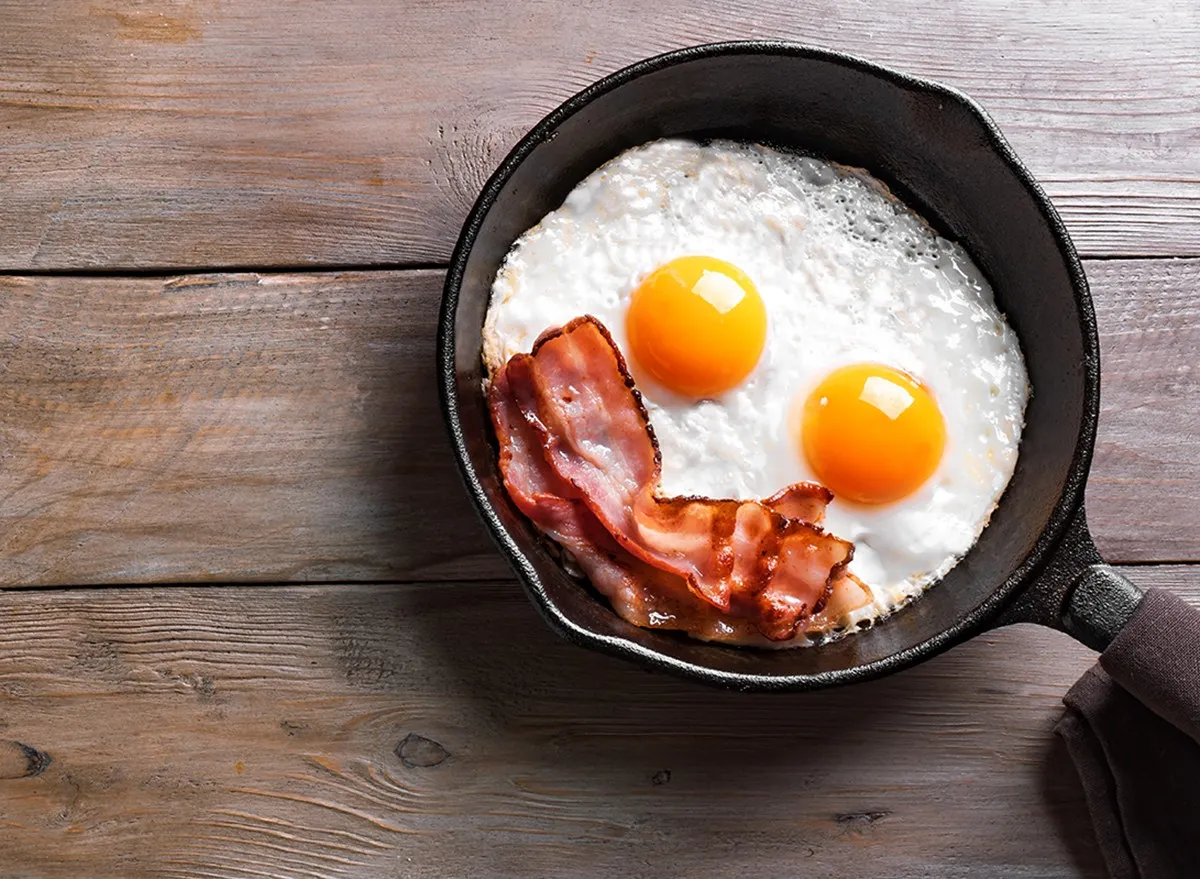
Why it's bad: "Fried foods often contain trans fats or omega-6 oils, which can increase joint inflammation," says Binder.
Natural alternative: Baked sweet potatoes or avocado (sourdough) toast with poached eggs, both rich in antioxidants and healthy fats.
RELATED: She Lost 75 Lbs by Eating These 3 Foods That "Mimic" the Effects of Ozempic
Fruit Juices
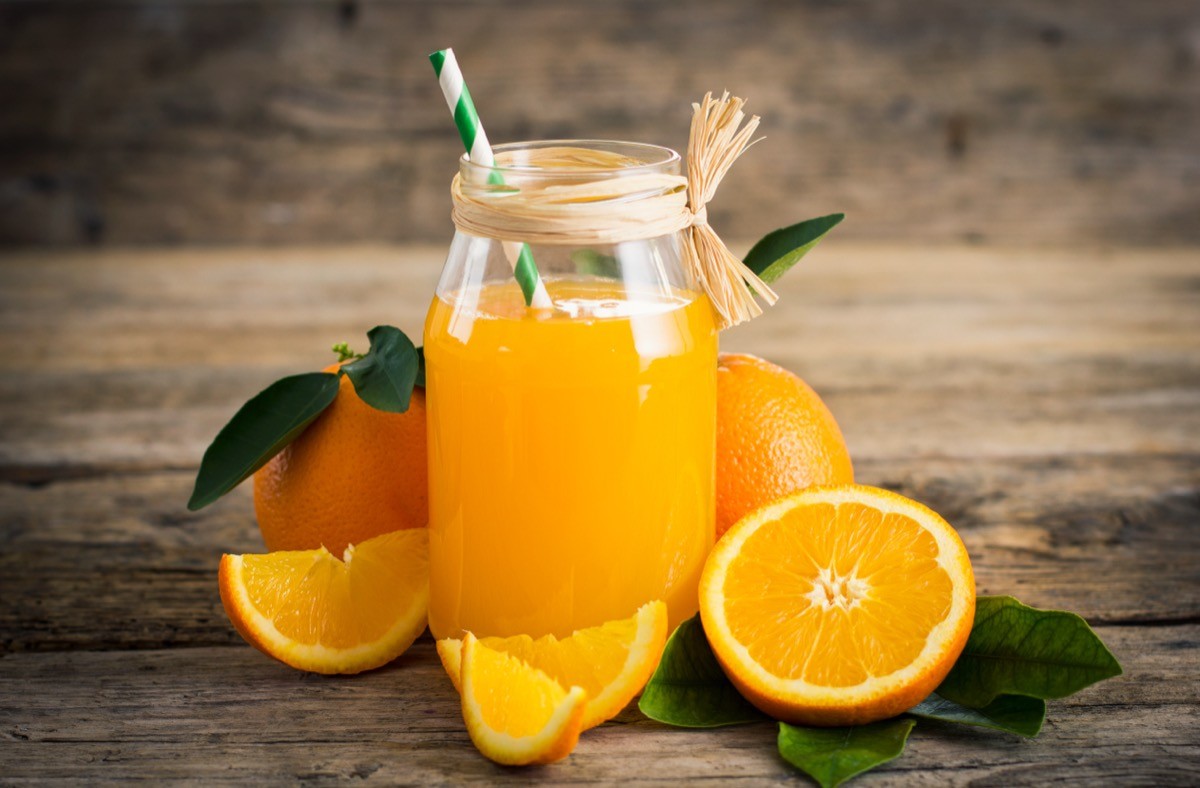
Why it's bad: "While they may seem healthy, most commercial juices are high in sugar and low in fiber, which can exacerbate inflammation," Binder concludes. Natural alternative: Whole fruits or a green smoothie with kale, ginger, and pineapple (which contains bromelain, a natural anti-inflammatory enzyme). Worst case scenario you can dilute commercial fruit juice with water. And if you enjoyed this article, don't miss 40 Health Symptoms That Can Be More Serious Than You Think.




